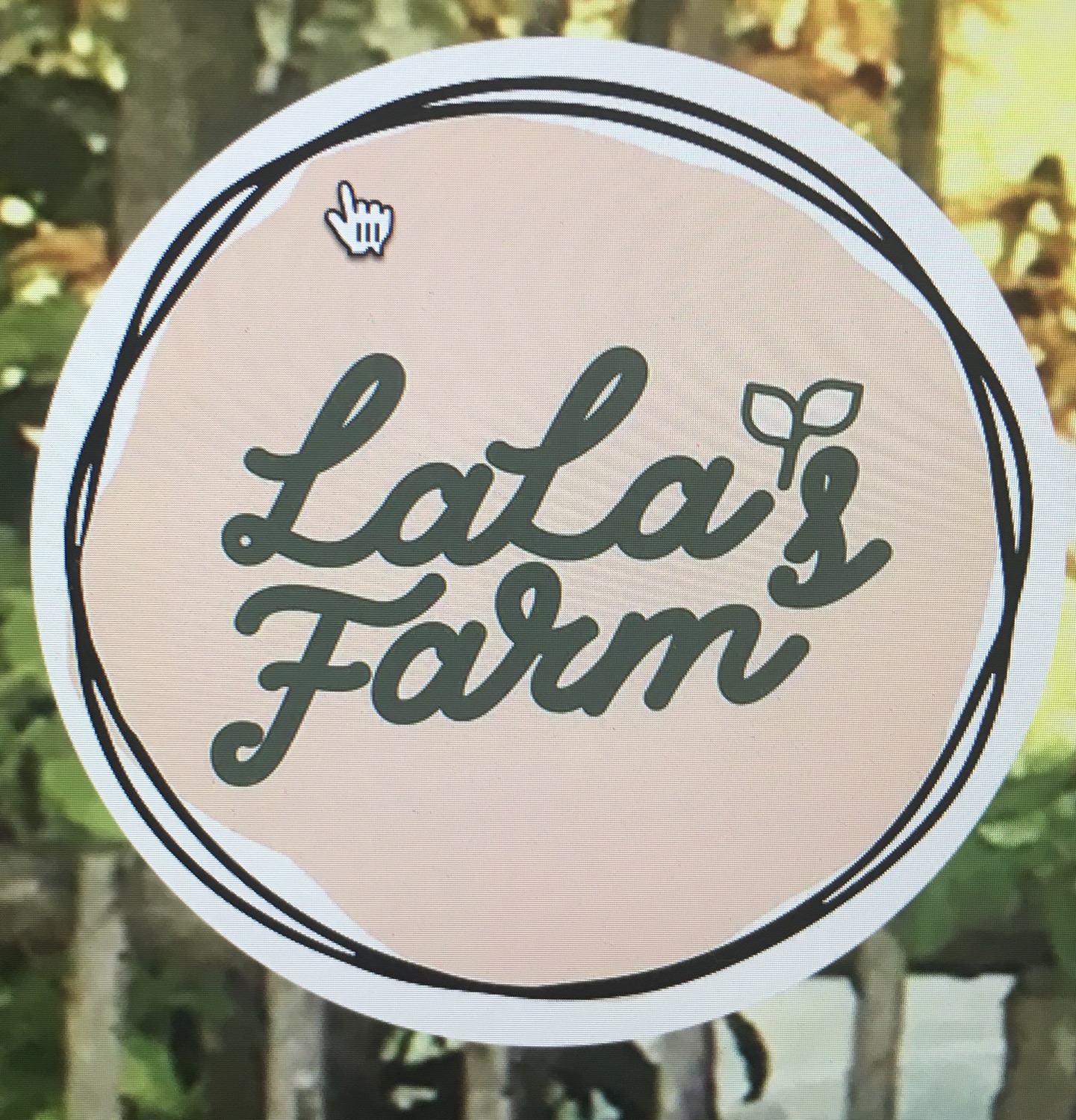Healing Through Nature: The Impact of Gardening on Stroke Recovery
- LaLa

- Oct 11, 2024
- 3 min read
Updated: Dec 22, 2024

In today's rapidly evolving world, dominated by technology and stress, the beneficial effects of nature on emotional well-being are frequently overlooked. Gardening is one way to experience nature's healing influence. Beyond being a calming and rewarding pastime, recent research highlights its substantial benefits for stroke recovery. Let's explore how gardening can be essential in the recovery process for stroke survivors.
Benefits of Gardening for Stroke Recovery
Physical Rehabilitation: Gardening involves various physical activities that can help improve strength, coordination, and mobility.
Mental Stimulation: Engaging in gardening tasks can stimulate cognitive functions and enhance focus.
Emotional Well-being: The act of nurturing plants can boost mood and reduce feelings of anxiety and depression.
Social Interaction: Gardening can provide opportunities for social engagement, reducing feelings of isolation.
Sensory Experience: Being in nature stimulates the senses, which can be particularly beneficial for cognitive and emotional recovery.
Incorporating gardening into the recovery process for stroke survivors can offer a multifaceted approach to healing. By promoting physical activity, mental engagement, and emotional stability, gardening serves as a valuable tool in the journey toward recovery.
The Healing Power of Nature
Nature possesses a remarkable ability to soothe our minds, elevate our spirits, and foster a sense of well-being. When stroke survivors engage with a garden, surrounded by colorful flowers, buzzing bees, and fresh air, a significant healing process is initiated. The beauty and serenity of nature aid in alleviating stress, anxiety, and depression, which are common hurdles during stroke recovery.
Studies show that being in green spaces and participating in outdoor activities can enhance mental health, elevate mood, and improve cognitive function. Gardening, in particular, provides a practical way to experience nature's therapeutic effects. The process of caring for plants, working with soil, and observing growth can be a source of joy and achievement for stroke survivors.
Case Studies: Stories of Resilience and Recovery
Sarah's Story: Sarah, a vibrant woman in her fifties, suffered a stroke that left her feeling isolated and anxious. As part of her rehabilitation program, she started gardening in her backyard. Initially hesitant, Sarah soon found solace in tending to her plants. The physical activity of gardening improved her motor skills, while the peaceful environment boosted her morale. Over time, Sarah not only regained strength in her limbs but also rediscovered a sense of purpose and joy in life.
John's Journey: John, a retired engineer, faced challenges in speech and mobility after a stroke. With limited communication abilities, he found solace in creating a small vegetable garden in his community center. Despite initial frustration, John's dedication to his garden slowly paid off. The process of planting, watering, and harvesting vegetables became a form of therapy that improved his coordination and confidence. Through gardening, John not only recovered his physical abilities but also forged meaningful connections with fellow gardeners.
Integrating Gardening into Rehabilitation Programs
Many rehabilitation centers are integrating horticulture therapy into their programs, acknowledging the therapeutic benefits of gardening. Stroke survivors are encouraged to engage in activities like planting, weeding, and watering to enhance physical strength, coordination, and cognitive abilities. Gardening also offers opportunities for social interaction, creativity, and a sense of achievement—essential elements for comprehensive recovery.
By combining traditional therapies with nature-based interventions, rehabilitation programs can provide a balanced approach to stroke recovery. Gardening becomes more than just a pastime; it is a route to resilience, hope, and healing.

Embracing a New Outlook
As we navigate life's complexities, it's crucial to recognize nature's transformative power in our healing journeys. Whether you're a stroke survivor on the road to recovery or seeking peace amid life's challenges, gardening can be a symbol of hope and renewal. Let's welcome nature's nurturing embrace, immerse our hands in the soil, and observe the growth in our gardens and within ourselves.
Let's cultivate not only plants but also resilience, joy, and healing through the simple yet profound act of gardening. Let nature serve as our guide, companion, and source of rejuvenation on the path to wellness and wholeness.
Remember, amid life's storms, there's always a garden ready to bloom.
From Lala with Love
Planting One Healing Seed at a Time






